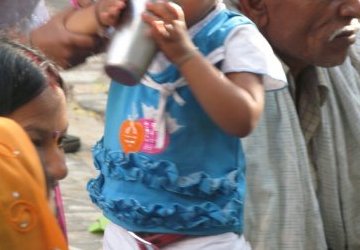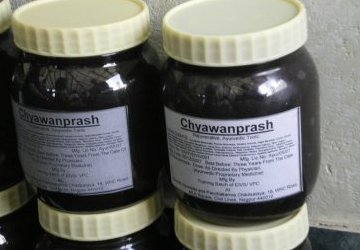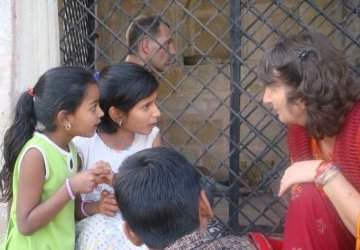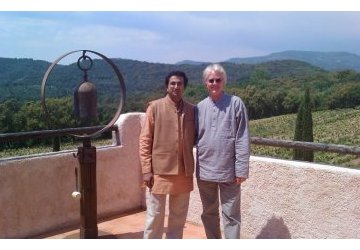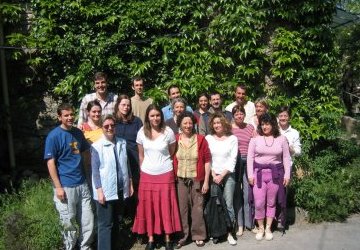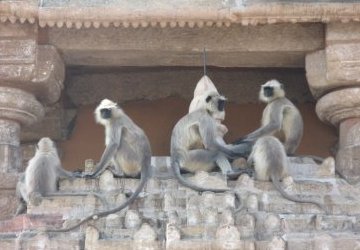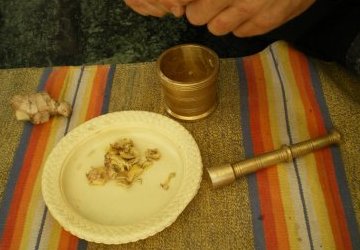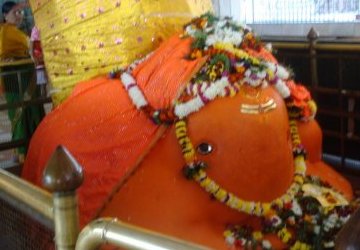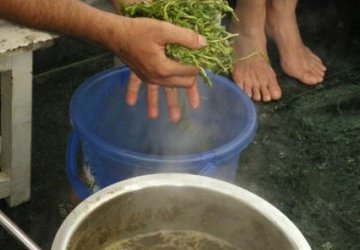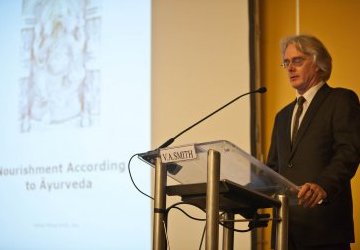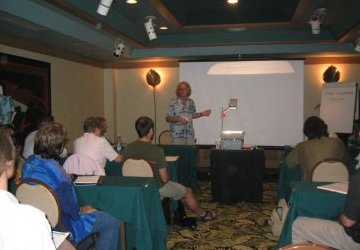Immunity, Ayurveda and Influenza
Questions concerning the Flu in general and Flu A – Type H1N1
How does Ayurveda view influenza in general and the subtype H1N1 specifically ?
According to Ayurveda the body’s first defense against external pathogens is Agni (jatharagni) or the digestive enzymes in the GI tract that distinguish nutritive substances from non-nutritive substances. Hence, bacteria and virus that are water or food born pass through this first digestive defense. Pathogens are detected and rejected through the normal means of evacuation – urine and stool. If pathogens are unable to be processed in this manner the body either vomits out the food / water or starts a diarrhea to remove the pathogens. If neither of these efforts are successful the pathogens are absorbed into the liver with food mass and the second level of enzyme groups (panchabhuta agni) begin the a similar action to identify pathogens. The difference here is that leukocytes (white blood cells) are brought into play by what is called the “innate immune response” which is general and non-specific. The Ayurvedic concept of Agni, or enzyme function, offering the first immune response is basically in keeping with modern understanding to some extent as proteins (enzymes) are a major part of primary immune response.
For pathogens that are air born – such as the flu virus A, subtype H1N1 – the primary Agni (jatharagni) is bypassed. Absorption into the lungs triggers a physical response much like the digestion (i.e., vomiting) in that the body coughs, sneezes or expels pathogens first by a physical reaction. If this does not work pathogens are absorbed into the blood and the same second level of Agni (panchabhuta) work to initiate an innate immune response.
Ayurveda perceives the normal functioning of Agni as the single most important factor in resistance of viral infection. Agni function is impaired by poor diet, over indulgence of foods (salt, sugar, etc.), stress, fatigue, over use of stimulants (coffee, etc.), smoking, and numerous other factors of lifestyle and diet. Once the Agni function is reduced or compromised on any level, digestive, liver, plasma, blood, etc., the risk of becoming infected by any flu virus is increased.
Additionally, if there is an accumulation of non-digested matter (aama) in the digestive, respiratory or circulatory systems then Agni will be further reduced in both capacity and efficiency. This results in a greater likelihood of pathogenic infection, viral or bacterial as the immunity views this matter as pathogenic in nature, i.e., neither nutritive or able to be evacuated.
In other words a reduced function of Agni and the presence of non-digested material (aama) creates an environment favorable to viral infection for two reasons :
1. Agni is not able to identify immediately or correctly a pathogen due to reduced function
2. The immune response is already busy with non-digested material that looks like a pathogen to the immunity
Both factors together create a greater possibility of infection by flu virus.
The problem specifically with the H1N1 virus is that it has the potential to mutate quickly. This is actually what the major fear factor is in current government’s world wide. The H1N1 virus itself is generally not lethal, however, when attacked by the immune system it is the kind of virus that can mutate. According to Ayurveda this kind of problem – mutation of a virus – happens because the initial response of Agni was not able to either identify it correctly or remove it. Due to the reduced function of Agni the virus is able to enter the systems of the body and to propagate.
Copyright © 2016 EIVS GmbH
Treatments for children and adults can be found here :
Application of Ayurvedic Treatments Throughout Life (Volume 5) - Ayurvedic Medicine for Westerners






